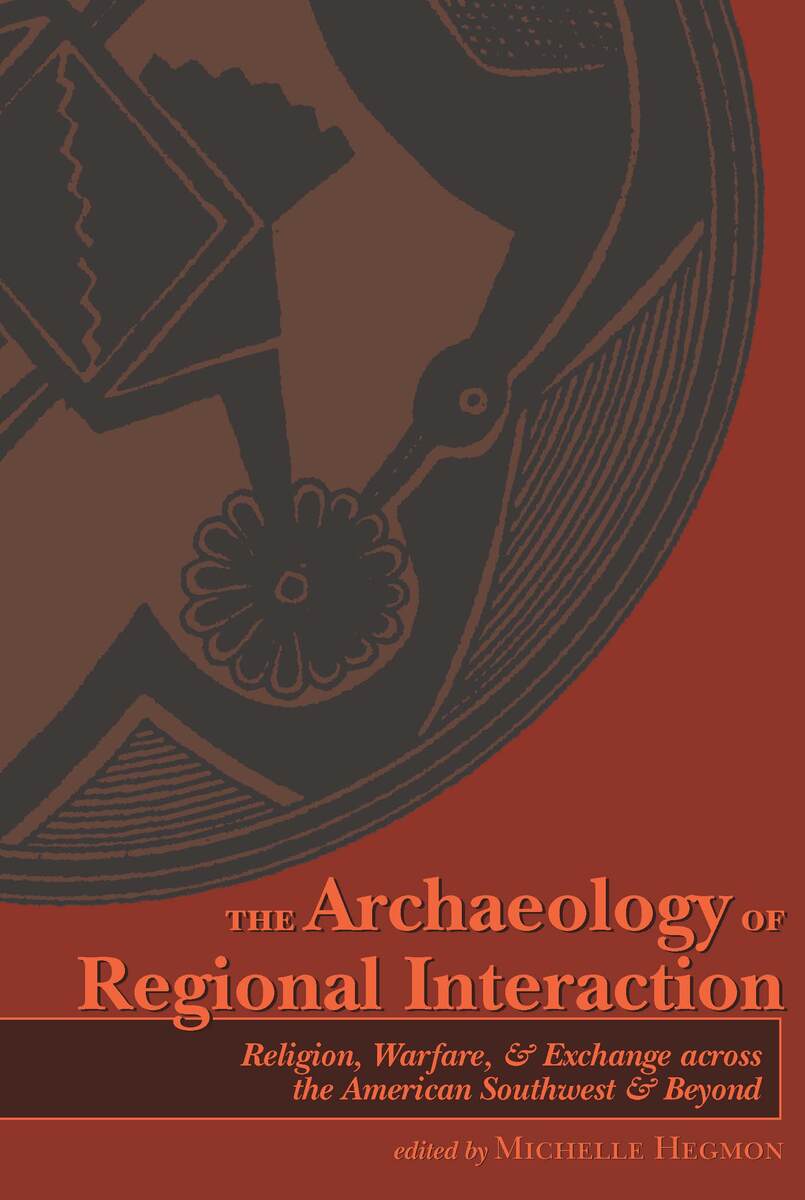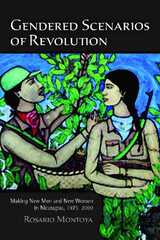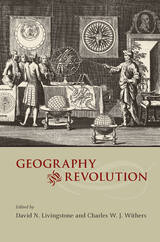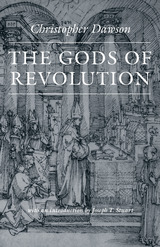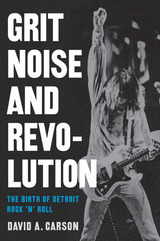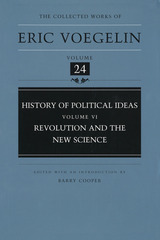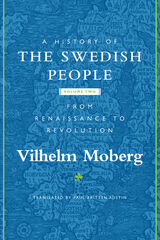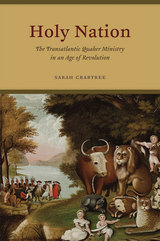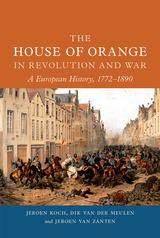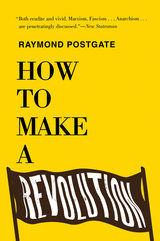The Archaeology of Regional Interaction: Religion, Warfare, and Exchange across the American Southwest and Beyond
University Press of Colorado, 2000
eISBN: 978-1-60732-122-4 | Paper: 978-0-87081-904-9
See other books on: Archaeology | Hegmon, Michelle | Regional Interaction | Religion | Warfare
See other titles from University Press of Colorado
eISBN: 978-1-60732-122-4 | Paper: 978-0-87081-904-9
ABOUT THIS BOOK | AUTHOR BIOGRAPHY | REVIEWS | TOC | REQUEST ACCESSIBLE FILE
ABOUT THIS BOOK
How and why did styles, materials, conflicts, and religious ideas spread across prehistoric landscapes? The Archaeology of Regional Interaction investigates these questions, using the rich resource of the American Southwest and covering periods from the Folsom to the nineteenth century. Editor Michelle Hegmon has compiled superbly researched essays into a comprehensive examination of regional interaction that has proved itself a pivotal archaeological text.
The Archaeology of Regional Interaction surpasses most regional studies, which only focus on settlement patterns or exchange, and considers other forms of interaction, such as intermarriage and the spread of religious practices. Contributors focus especially on understanding the social processes that underlie archaeological evidence of interaction.
The essays in this volume examine what regional systems involve, in terms of political and economic relations, and how they can be identified. One essay by Steven LeBlanc provides a sweeping analysis of conflict, a form of regional interaction that has received relatively little attention in the Southwest until recently. A series of chapters devoted to expanding the coverage beyond the borders of the traditional Southwest examines the surrounding areas, including Nevada and Utah, northern Mexico, and the Plains.The volume also provides a unique treatment of religion - including manifestations such as Flower World Iconography, Medicine Societies, and ceremonial textiles - as a form of regional interrelation.
The Archaeology of Regional Interaction surpasses most regional studies, which only focus on settlement patterns or exchange, and considers other forms of interaction, such as intermarriage and the spread of religious practices. Contributors focus especially on understanding the social processes that underlie archaeological evidence of interaction.
The essays in this volume examine what regional systems involve, in terms of political and economic relations, and how they can be identified. One essay by Steven LeBlanc provides a sweeping analysis of conflict, a form of regional interaction that has received relatively little attention in the Southwest until recently. A series of chapters devoted to expanding the coverage beyond the borders of the traditional Southwest examines the surrounding areas, including Nevada and Utah, northern Mexico, and the Plains.The volume also provides a unique treatment of religion - including manifestations such as Flower World Iconography, Medicine Societies, and ceremonial textiles - as a form of regional interrelation.
See other books on: Archaeology | Hegmon, Michelle | Regional Interaction | Religion | Warfare
See other titles from University Press of Colorado
